Why Temperature Control Matters for Baby Items
When undertaking home renovations with little ones, protecting temperature-sensitive baby items becomes crucial for both safety and preservation. From formula to medications, many baby essentials require specific temperature conditions to maintain their effectiveness and safety. This comprehensive guide will help parents navigate the challenges of storing baby items during renovation projects.
Items That Need Climate-Controlled Storage
Several baby items require careful temperature monitoring:
- Formula and breast milk
- Baby medications and vitamins
- Temperature-sensitive skincare products
- Rubber or plastic items like pacifiers and bottles
- Electronic items like monitors and sound machines
- Sensitive fabrics and materials in clothing or bedding
Setting Up Your Climate-Controlled Storage Space
Creating an optimal storage environment involves:
- Choosing the right size climate-controlled unit
- Installing proper shelving for organization
- Using moisture-proof containers
- Implementing a labeling system
- Creating an inventory list for easy access
Temperature and Humidity Guidelines
Maintain these optimal conditions for baby item storage:
- Temperature: 68-72°F (20-22°C)
- Humidity: 45-50%
- Regular monitoring with thermometer/hygrometer
- Proper air circulation
Organization Tips for Easy Access
Keep your storage unit organized with these strategies:
- Create zones for different types of items
- Store frequently needed items near the front
- Use clear containers for easy identification
- Maintain a detailed inventory system
- Implement regular rotation for dated items
Safety Considerations
Prioritize safety with these measures:
- Regular safety checks of storage conditions
- Proper stacking and weight distribution
- Emergency access planning
- Security measures for valuable items
- Regular cleaning and maintenance
Cost-Effective Storage Solutions
Maximize your storage budget:
- Choose appropriate unit size
- Share space with compatible items
- Use space-saving storage solutions
- Consider short-term vs. long-term needs
- Look for storage facility specials
Timeline Planning
Create an effective storage timeline:
- Pre-renovation inventory check
- Staged moving process
- Regular access schedule
- Post-renovation transition plan
- Emergency access protocol
Special Considerations for Long-Term Storage
Additional tips for extended storage periods:
- Rotation schedule for dated items
- Regular condition checks
- Documentation of stored items
- Insurance coverage review
- Climate monitoring system setup
Conclusion
Proper storage of baby items during renovation requires careful planning and attention to temperature control. By following these guidelines, you can ensure your little one’s essentials remain safe and well-preserved throughout your home improvement project. Remember to regularly monitor conditions and maintain organization for stress-free access to all necessary items.

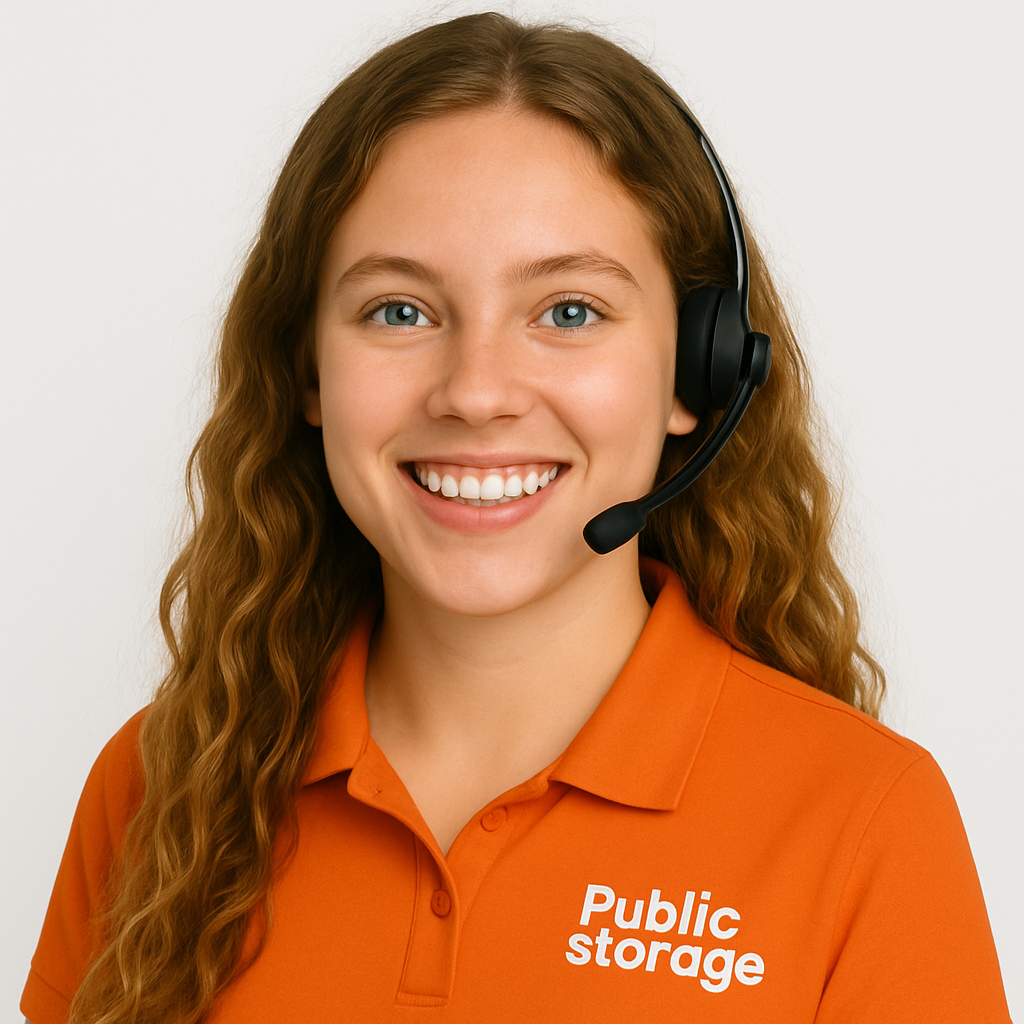
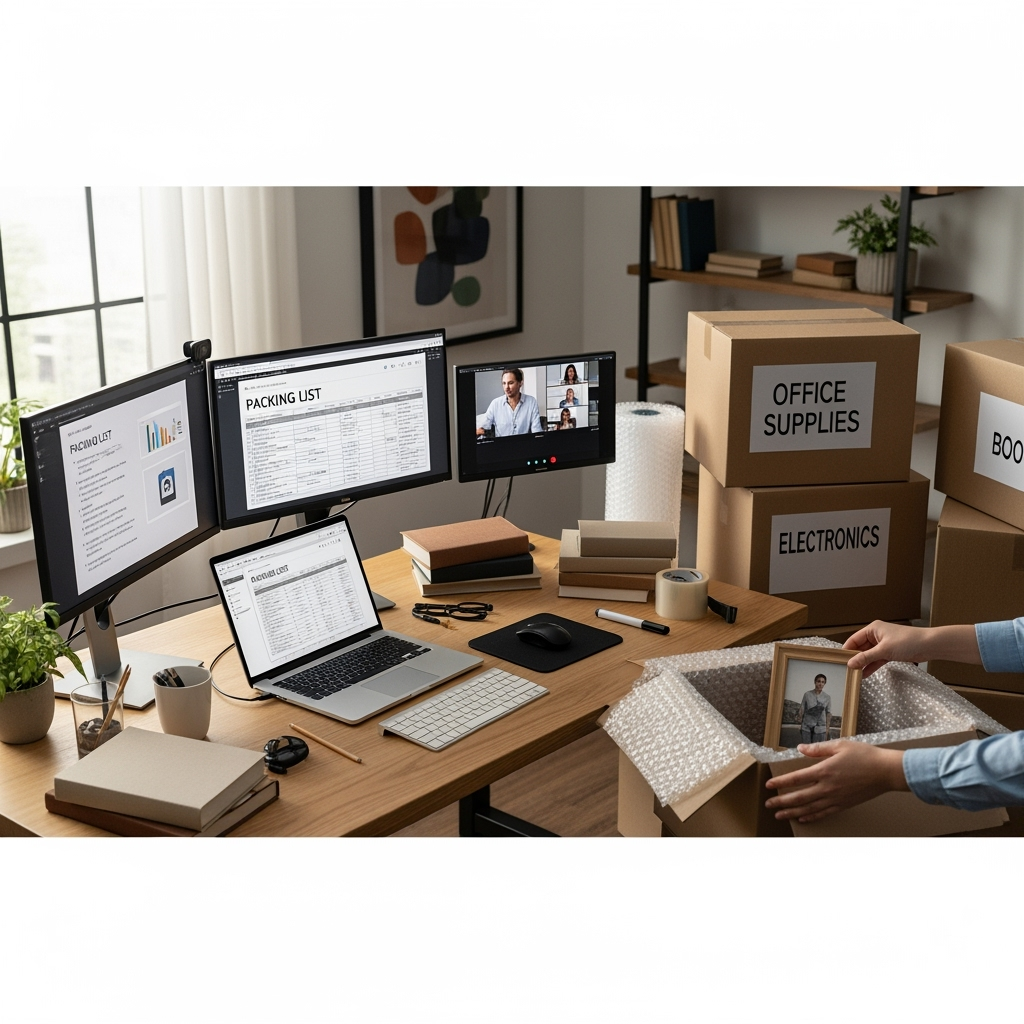


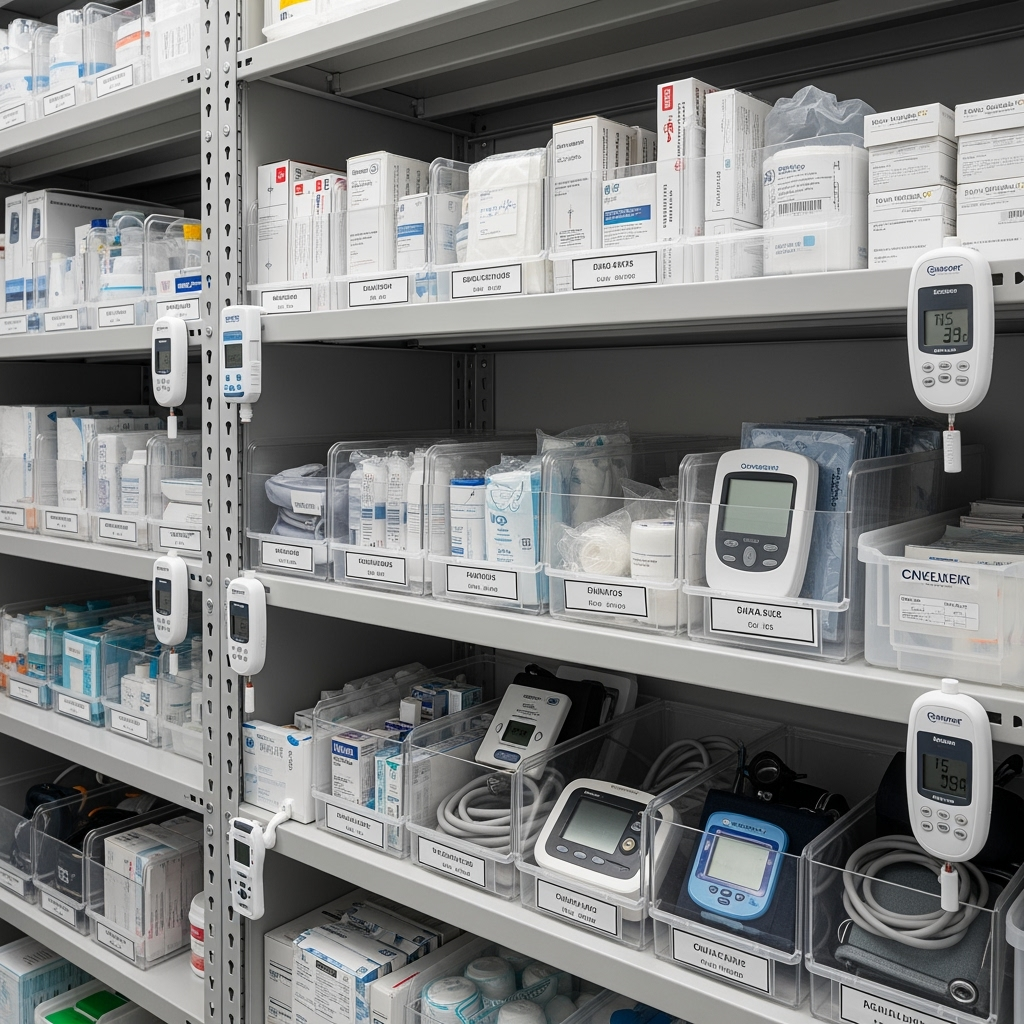
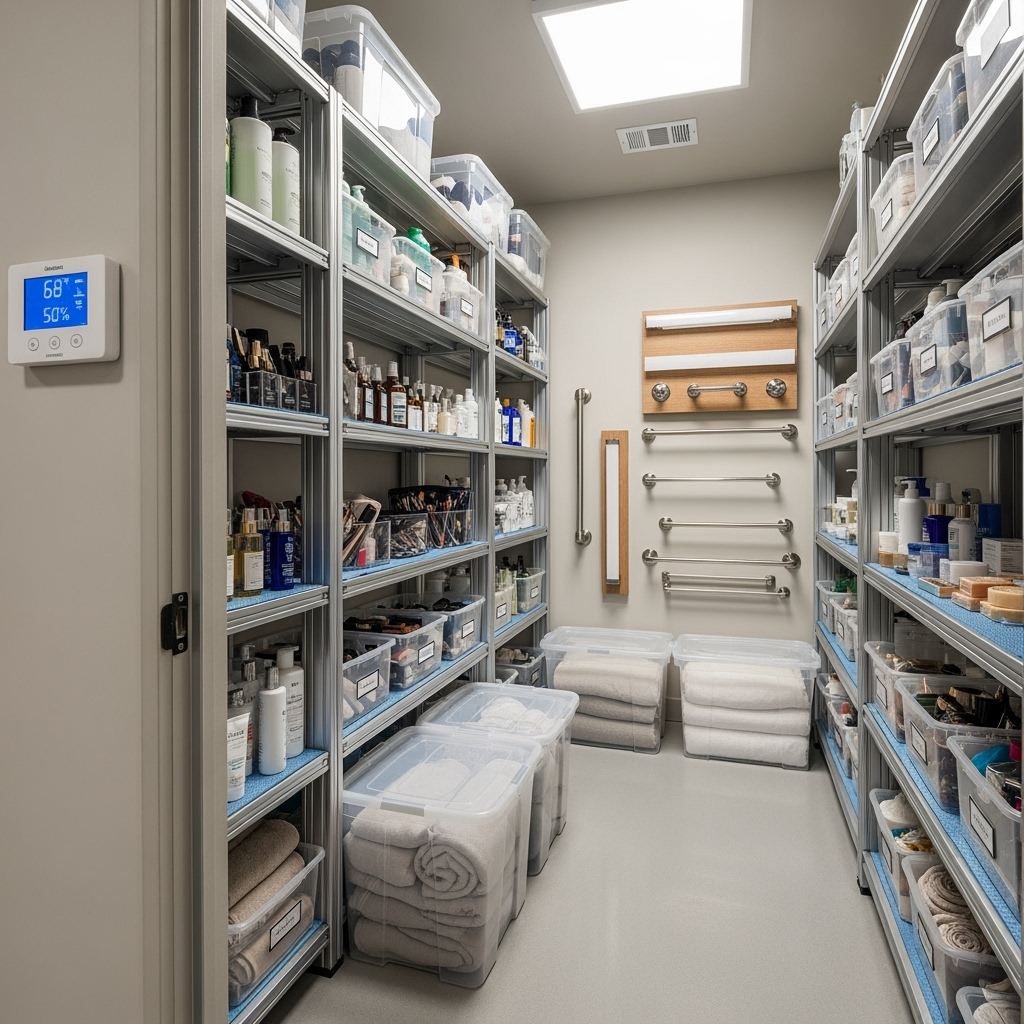
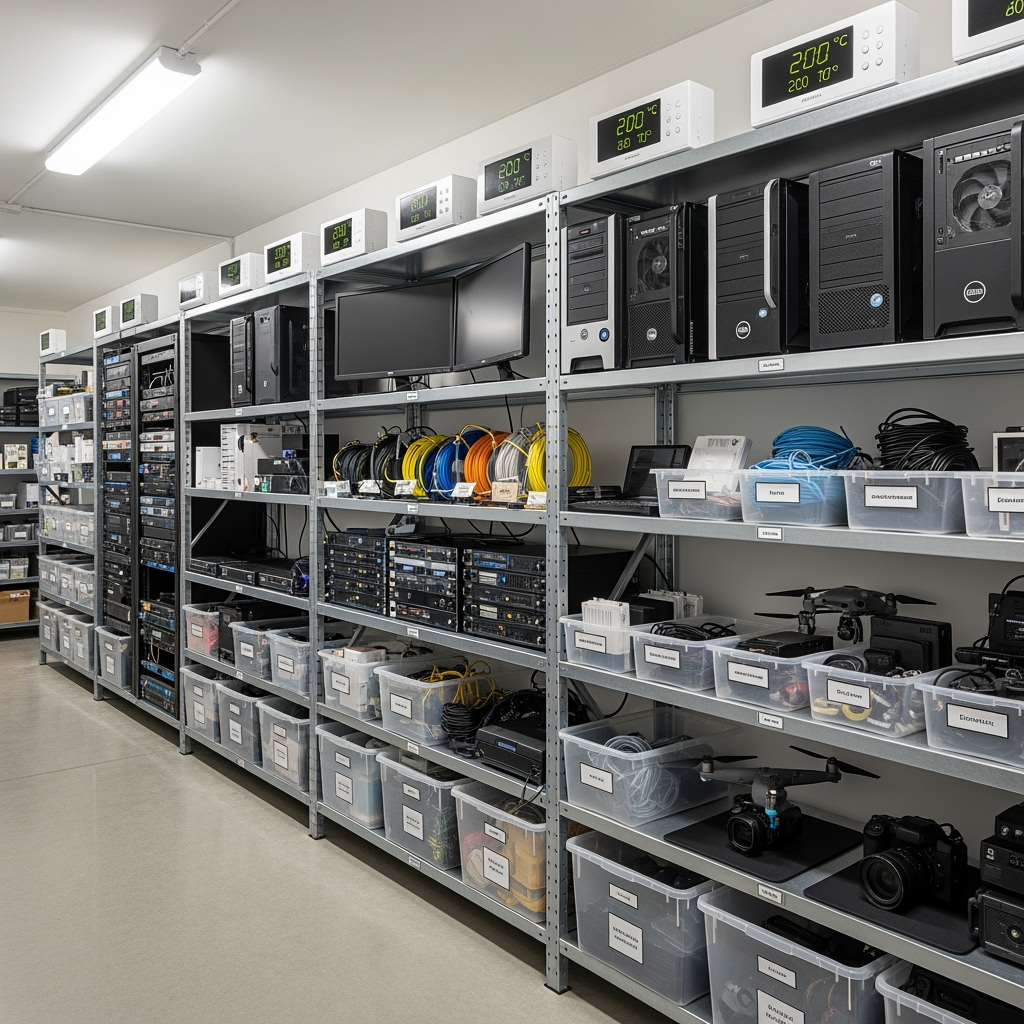
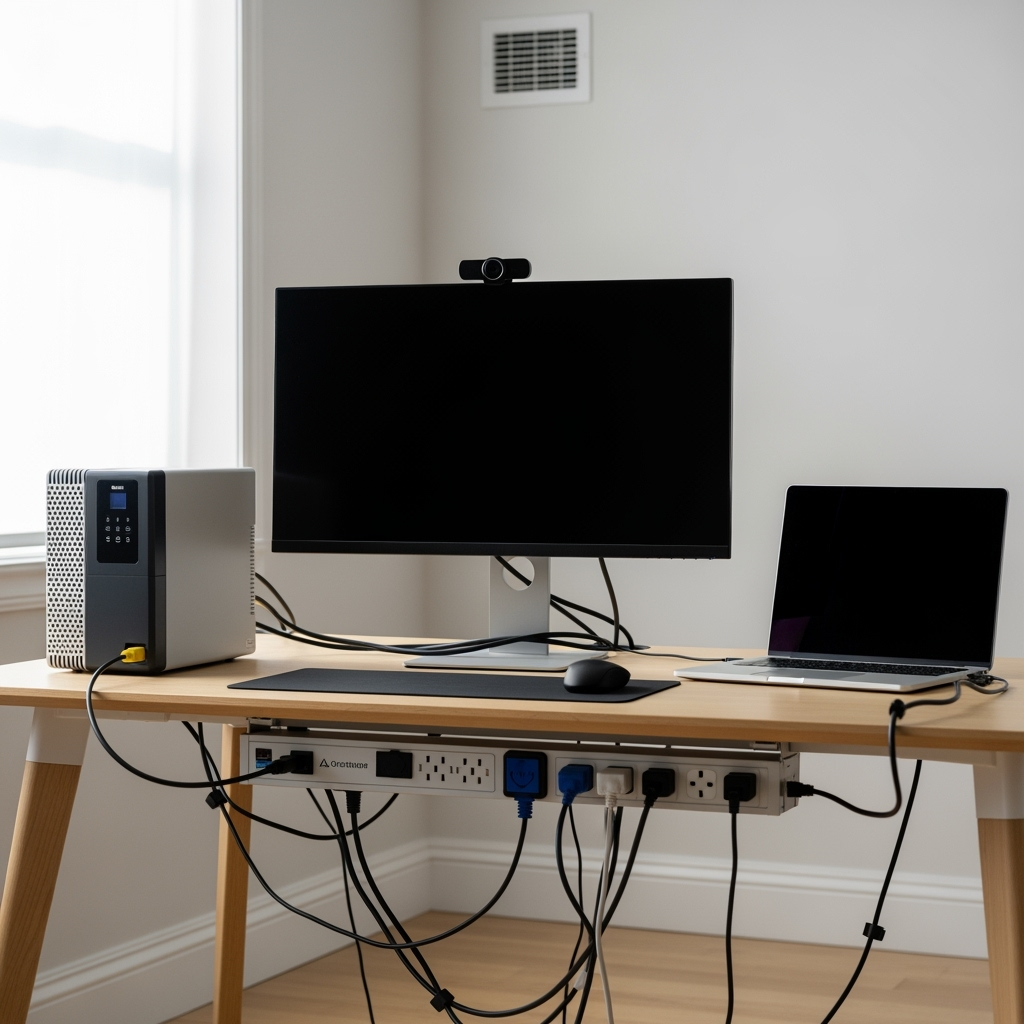
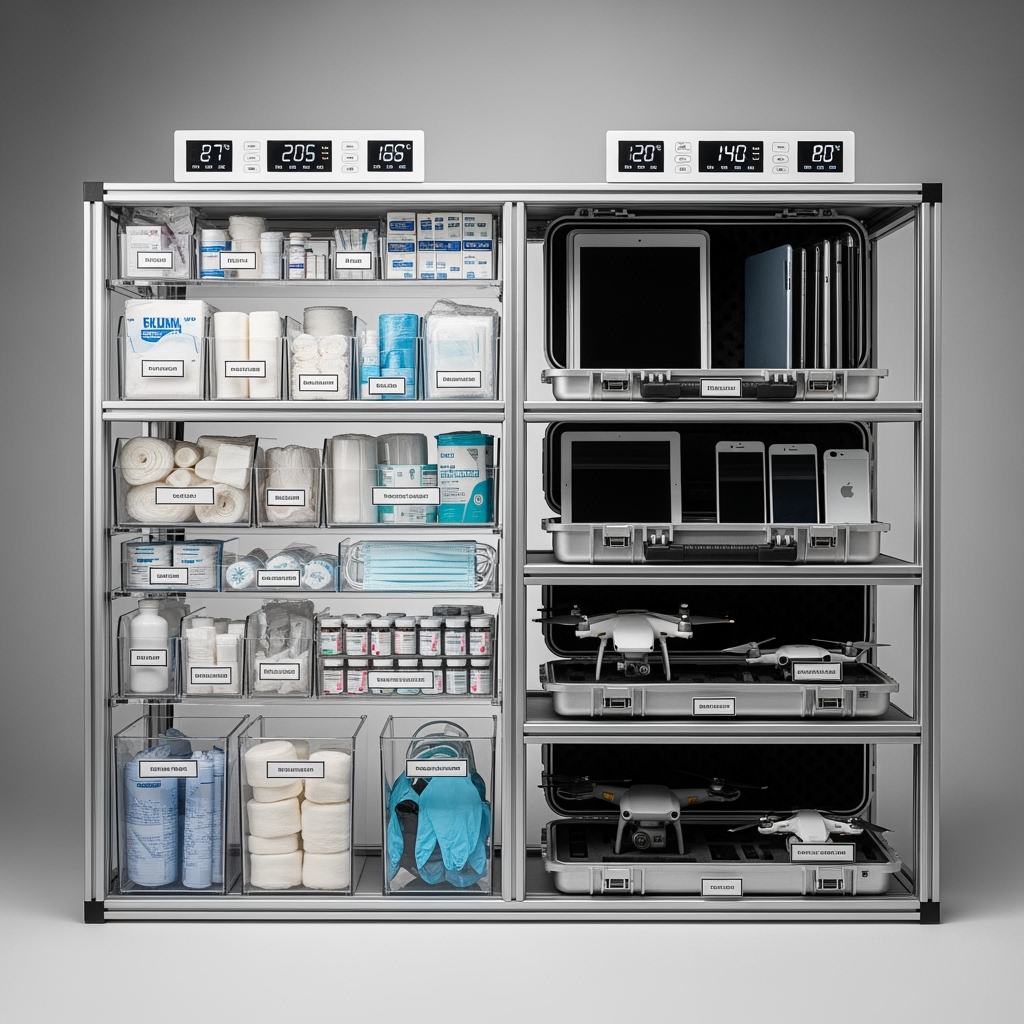
Leave a Reply